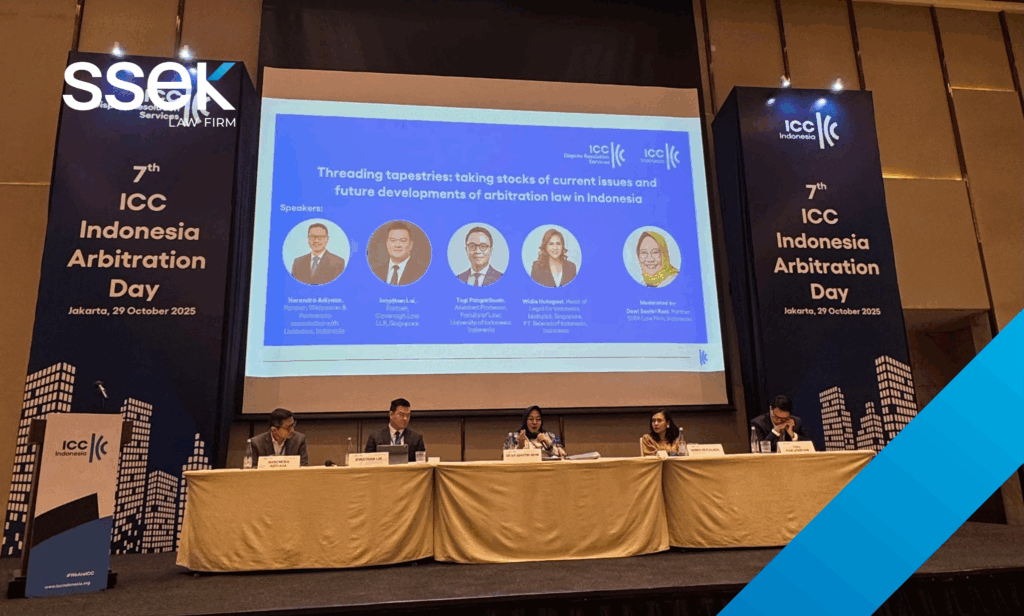A statute of limitations for lawsuits is the maximum amount of time that entities have the right to initiate lawsuits to request Courts to resolve civil cases to protect their legitimate rights and interests. When a statute of limitations expires, entities will lose the right to initiate lawsuits. As such, getting a good grasp of regulations on a statute of limitations for lawsuits is essential.
Through this article, BLawyers Vietnam will discuss several issues related to the statute of limitation for lawsuits.
1. Statute of limitations for civil cases
The statute of limitations for civil cases shall be calculated from the date on which the eligible person knows or should know that his/her legal rights or interests are violated.
For example, A and B signed a loan contract on 01 October 2017. Accordingly, B shall pay A in full on 01 December 2017. If until the end of 01 December 2017, B did not make a full payment to A according to the contract, A would know and should know that his legal rights and interests were violated.
A notable point is that the Court only applies provisions in terms of a statute of limitations at the request of a party or the parties provided that such request is filed before the first instance court gives a judgment or a decision on settlement. The person benefiting from the application of the statute of limitations may refuse to apply it unless such refusal is aimed at evading his/her obligations. However, in reality, some Courts have applied regulations on statute of limitations for lawsuits inconsistently, especially the statute of limitations applicable when there is no request from any party.
2. Time periods excluded from a statute of limitations for lawsuits
Civil Code 2015 regulates that the statute of limitations for initiating a lawsuit relating to a contract is 03 years from the date on which the eligible party knows or should know that their lawful rights and interests are violated. However, there are time periods which is excluded from a statute of limitations for lawsuits, specifically as follows:
(a) Force majeure is an event that occurs in an objective manner that is not able to be foreseen and which is not able to be remedied although all possible and necessary measures have been taken.
One question is, could Covid-19 be considered a force majeure excluded from a statute of limitations? According to Official Dispatch 125/TANDTC-VP dated 11 May 2021, issued by the Supreme People’s Court on continued prevention and control of Covid-19, Courts shall “suspend the receipt of lawsuit petitions, documents, and evidence as well as direct reception of citizens at the Court’s office”. As such, Covid-19 could not be considered a force majeure event because it does not meet the third condition: the “not able to be remedied” condition. The Court only suspends direct lawsuit filing, entities can file a lawsuit indirectly, i.e. filing by post or through an e-portal of Courts. Therefore, Covid-19 is not considered a force majeure that is excluded from a statute of limitations for filing a lawsuit.
(b) An objective hindrance is a hindrance due to an objective context that makes a person with civil rights or obligations not know that his or her lawful rights and interests have been violated or not be able to exercise his or her rights or fulfill his or her civil obligations.
For example, in Judgment No. 70/2018/KDTM-PT dated 29 May 2018 on the “sale contract dispute” issued by Hanoi People’s Court, the Court found that: “Due to the fault of the People’s Court of Nam Tu Liem District, the delay in processing the petition affects the plaintiff’s exercise of his civil rights and obligations, so the above delay period is determined to be an objective hindrance to the plaintiff’s lawsuit. Pursuant to Article 156.1 of the Civil Code, this time is not included in the statute of limitations for initiating a lawsuit”.
(c) Other cases prescribed by law.
3. Re-commencement of a statute of limitations for initiating lawsuits
Recommence the statute of limitations for lawsuits is the reinstatement of the statute of limitations from the beginning. The statute of limitations for initiating a civil lawsuit begins again in the following cases:
(i) The obligor has acknowledged part or all of its obligations to the plaintiff
For example, in case the statute of limitations for lawsuits expired on 01 January 2017; however involved parties signed a debt reconciliation on 01 January 2018. At that time, the obligor has acknowledged its obligation to the other party. As such, the statute of limitations for lawsuits was reinstated on 02 January 2018 if the obligator continued its violation of debt repayment.
(ii) The obligor has fulfilled part of its obligations to the plaintiff
Continuing with the above example, assume on 01 January 2018, the involved parties did not sign a debt reconciliation but the obligor paid 50% of the debt to the obligee. As such, the statute of limitations for lawsuits was reinstated on 02 January 2018.
(iii) The parties have reconciled with each other
Continuing with the above example, assume on 01 January 2018, the involved parties reached an agreement on reconciliation but after that, a dispute arose because one of the parties broke a reconciliation agreement. As such, the time when the parties reached a reconciliation agreement is determined as the time when the statute of limitations for initiating a lawsuit begins again.

For further information, please contact:
Minh Ngo Nhat, Partner, BLawyers
minh.ngo@blawyersvn.com





